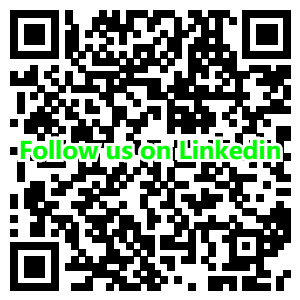|
Custom printed corrugated boxes is one of the most frequently asked custom box options. Corrugated boxes are widely used for shipping and product packaging. As a leading custom corrugated box manufacturer and supplier, we, at PackingBoxesFactory, offer excellent quality custom corrugated boxes only. If you are just starting your business or looking to brush up on your knowledge about custom packaging, we are here to help. Here's an overview of everything you need to know about custom corrugated boxes.
Many people might think of their packaging as merely a cardboard box, actually cardboard box and corrugated box are not the same thing. Cardboard is heavy-duty paper stock, and it’s actually not used for strong shipping boxs. Corrugated board, on the other hand, is a much stronger board that has two main components: the liner and the medium. The liner is the flat material typically found on the outside surfaces of the board (but can also be found on the inside of some heavier board combinations), and the medium, which can be found between the liners. The medium creates the arched shape or “flutes” between the liners and is a large contributor in the strength of the board. Once these sheets of paper are glued together they create a corrugated board which is then converted into a structure that can sustain long shipping journeys, bumps, and falls. When you go to order your packaging it’s important to know the difference, because chances are you don’t want to ship your products in a cardboard box. Before you get started with custom corrugated box packaging,let's learn the basics of corrugated boxes. Now that you know you probably need a custom corrugated box, you’ll need to figure out what type of box you’ll need. There’s a number of different factors that go into making your corrugated box, and it’s one of the reasons why they’re so customizable. Whether you need a lighter box to help cut down on shipping costs, or a carton made out of a thicker board grade to provide additional protection, there’s a style of box that’s right for every product. First of all you’ll want to look at flute profiles. The most common flutes used today are A, B, C, E, and F with A being the largest. Your flute size determines the thickness of the walls of your corrugated box as well as the stacking strength. “A” flute was the original corrugated flute and is the thickest flute profile you can use. An A flute is roughly 5mm thick, and is an excellent option for products that need a little more cushioning or need to have extra strength for stacking. B flute was the next profile to be developed and was originally created for self-supporting products, such as canned goods, that did not require the box to support much of the load. B flute is roughly 3.2mm thick and is a very popular choice for die-cut designs. C flute approximately 4mm thick and the most commonly used all-purpose flute available today. Although C flute was created after B flute, it is a slightly thicker board with 38 flutes per foot compared to the 47 per foot in B flute. The most recent flute profiles to be developed are E and F at 1.6mm and 0.8mm respectively. These profiles are often times used for retail packaging due to their printability that provides superior image clarity. The next aspect you’ll want to look at is the type of board. There’s four types of boards that can be used for corrugated boxes. The most common types used are single and double wall. Here’s a description of each:
Corrugated board is categorized as either Mullen or ECT. Although there are situations where either could be used successfully, the two have different applications. First there’s the Edge Crush Test (ECT). ECT measures how much stacking strength or pressure a box can withstand before being crushed. As mentioned previously, the flute profile plays a large role in the stacking strength of your board. ECT values range from 23ECT single-wall to 120ECT triple-wall. The higher the number the greater the compression strength. ECT board is favorable when boxes will be stacked on top of one another whether on a pallet or warehouse shelf. The other option for corrugated board is Mullen. Mullen value is determined by the amount of pressure a box can withstand before bursting or being punctured. The weight of the board’s liner constitutes the bulk of the bursting strength. Mullen values are given as a three digit number, such as 200#, and the higher the value the stronger the board. Finally, you’ll want to choose what style of box you want. You can click here to take a look at the corrugated box styles on our site first and contact our professional team for help. Once you learn the basics of corrugated boxes, there’s a lot you can do to provide the best packaging for your products. It’s important to recognize that there are so many options available, because it’s easy to have a package that’s actually the wrong style for your product. Sending us an inquiry can make it easier to determine what’s best packaging solution for your needs.
0 Comments
|
Packaging BlogEverything about custom box & packaging from Packing Boxes Factory! Categories
All
|


 RSS Feed
RSS Feed

